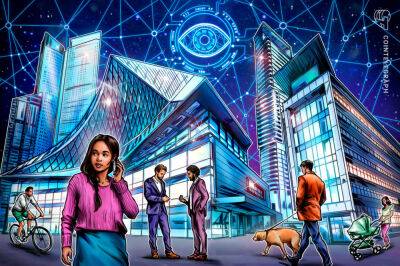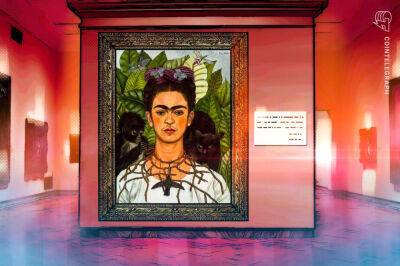Reitio for the Metaverse: Enabling Frictionless Creation of User-Generated Content
Disclaimer: The text below is an advertorial article that is not part of Cryptonews.com editorial content.
The Metaverse is not and will not ever refer to one company or one virtual world – it will be like describing the World Wide Web as a single webpage, or labelling social media as only Facebook.
Make no mistake, virtual worlds are not new by any means. Gaming virtual worlds like Grand Theft Auto and World of Warcraft have had their fair share of success – same goes to social virtual worlds like Roblox and Minecraft.
With that said, what's truly revolutionary is a state where these virtual worlds could interoperate with each other: a state where virtual items in a particular virtual world could be seamlessly ported to another virtual world (and back); a state where virtual assets are freely composable with one another; and a state where conducting virtual asset transactions, no matter its underlying virtual world, does not involve a centralized gatekeeping intermediary.
A single webpage is only able of fitting in so much information – but with a network of interconnected webpages, you create the World Wide Web. Similarly, a single virtual world is only capable of hosting so much experience – but with a network of interoperable virtual worlds, you create the Metaverse.
User-generated content (UGC) is the lifeblood of all networked services. Without imbuing users with a free rein to create their own webpages, the World Wide Web would not grow to the degree that it is at right now. Virtual worlds are not an exception: just like how people will not use Facebook or Twitter if their friends or favorite content creators are not there, people will also not visit a virtual world if there isn't sufficient UGC piquing their
Read more on cryptonews.com


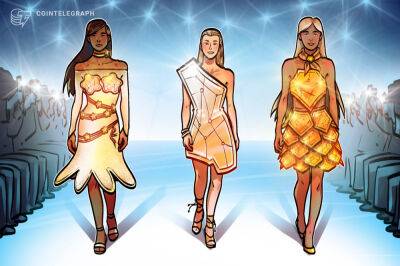
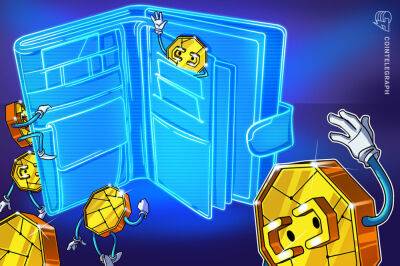
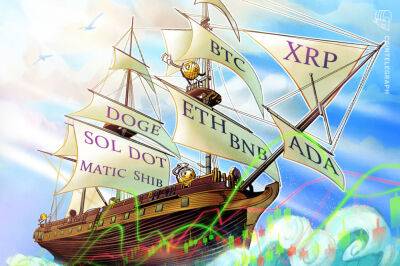
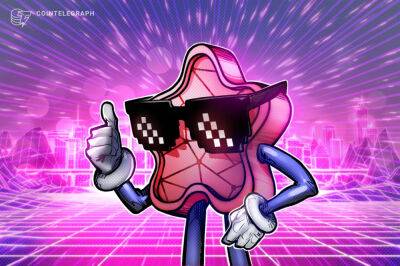



![Cardano [ADA] can see a 20% rally following a short squeeze if… - ambcrypto.com - Hong Kong](https://gocryptonft.com/storage/thumbs_400/img/2022/8/30/63467_lpu2.jpg)


